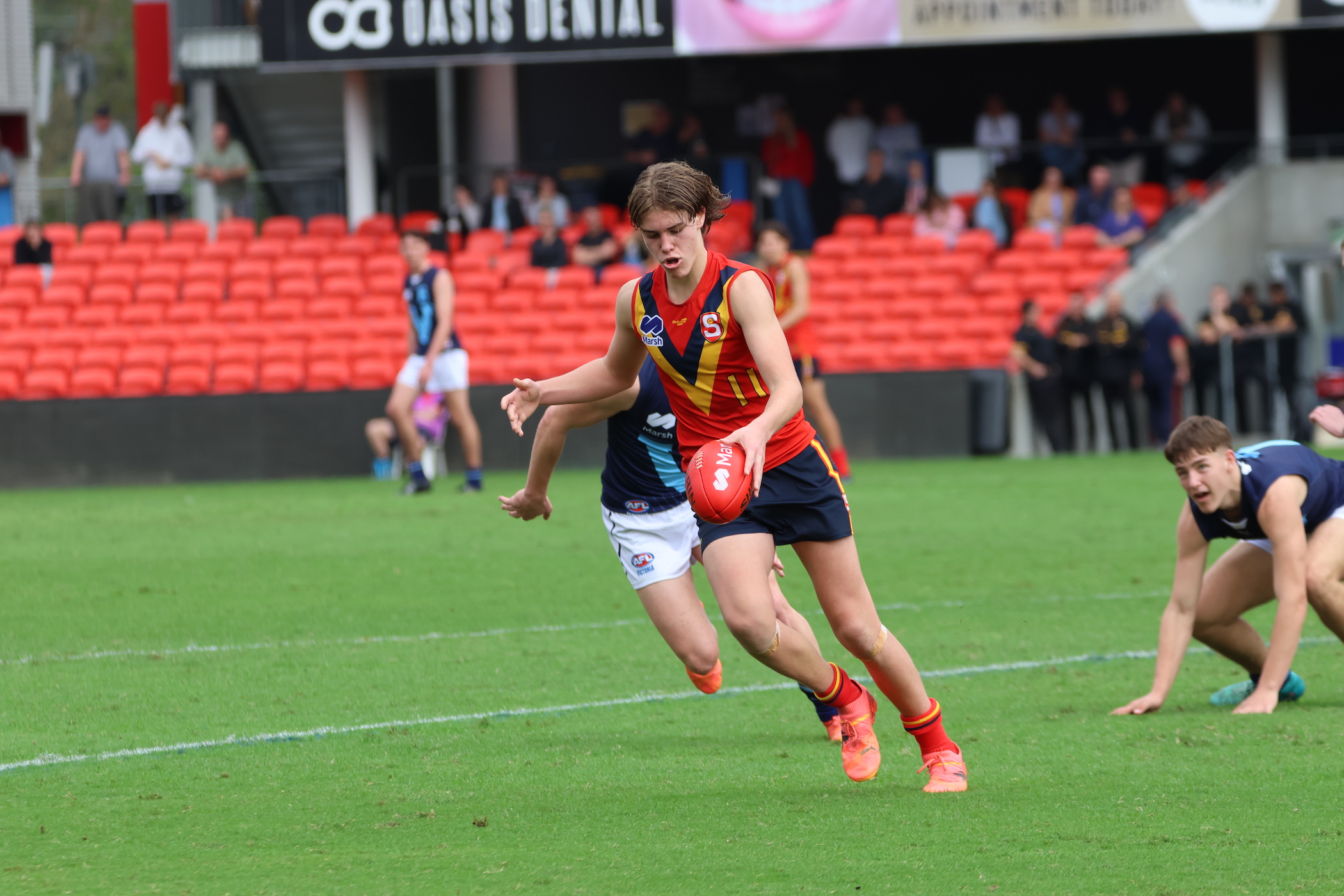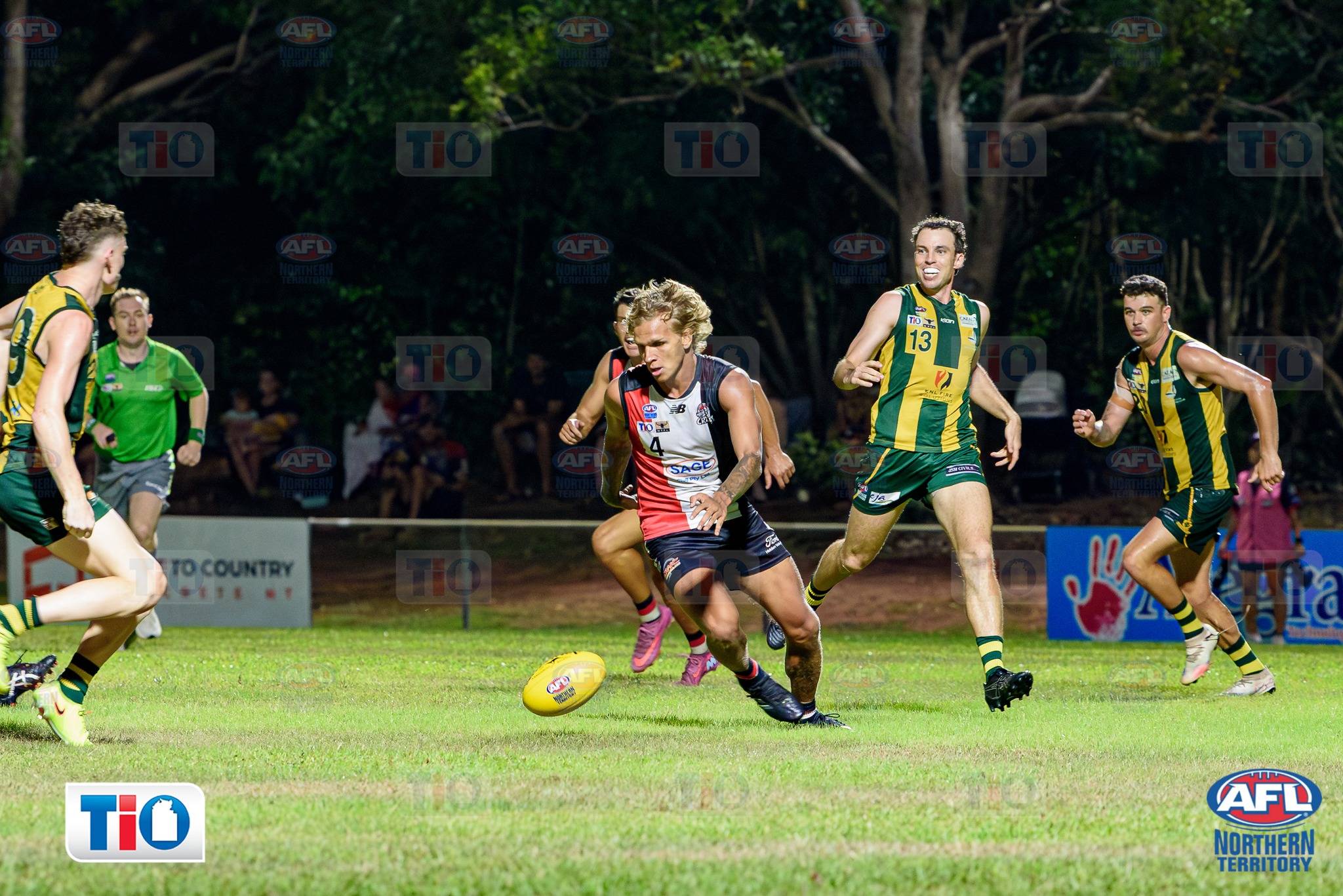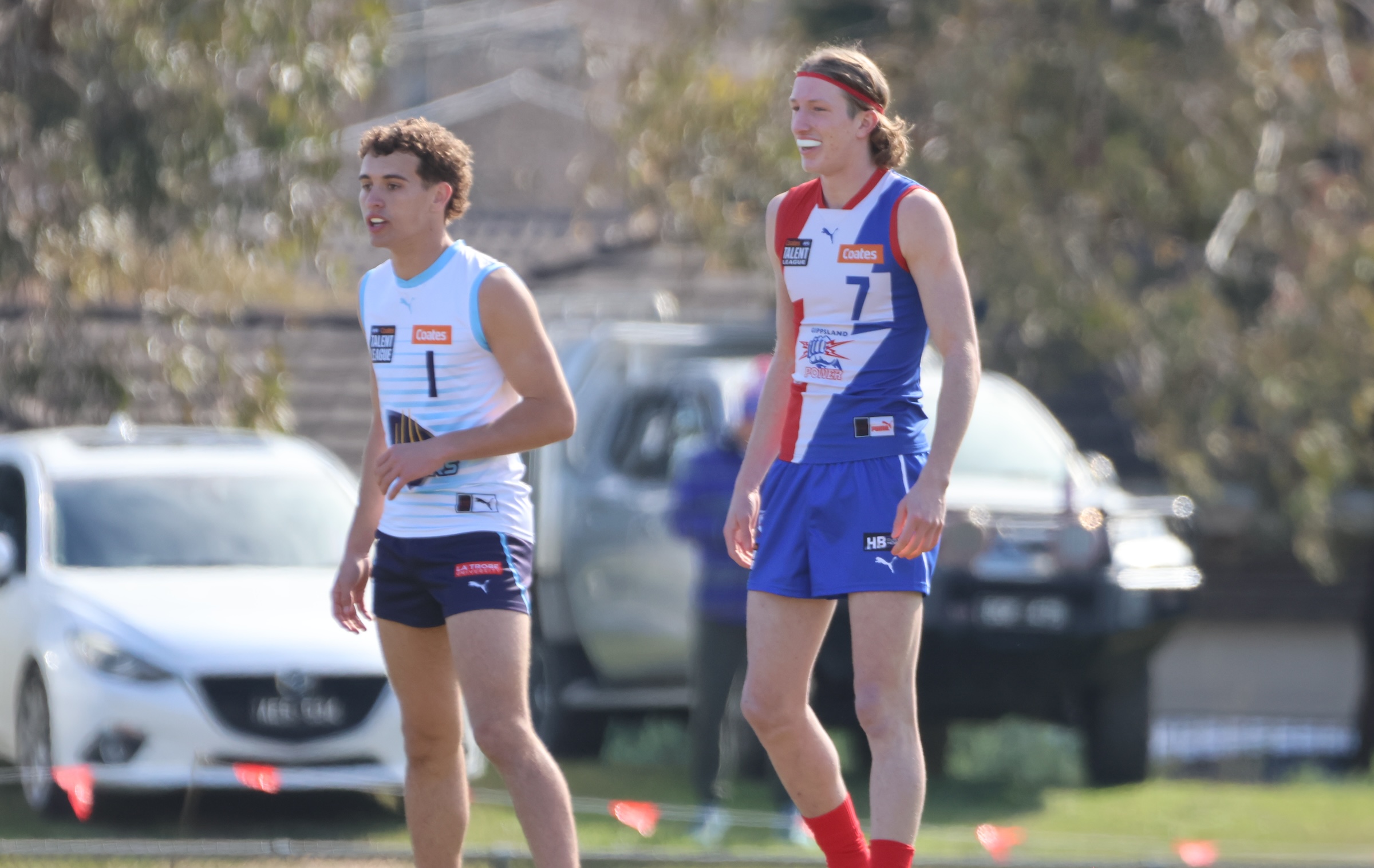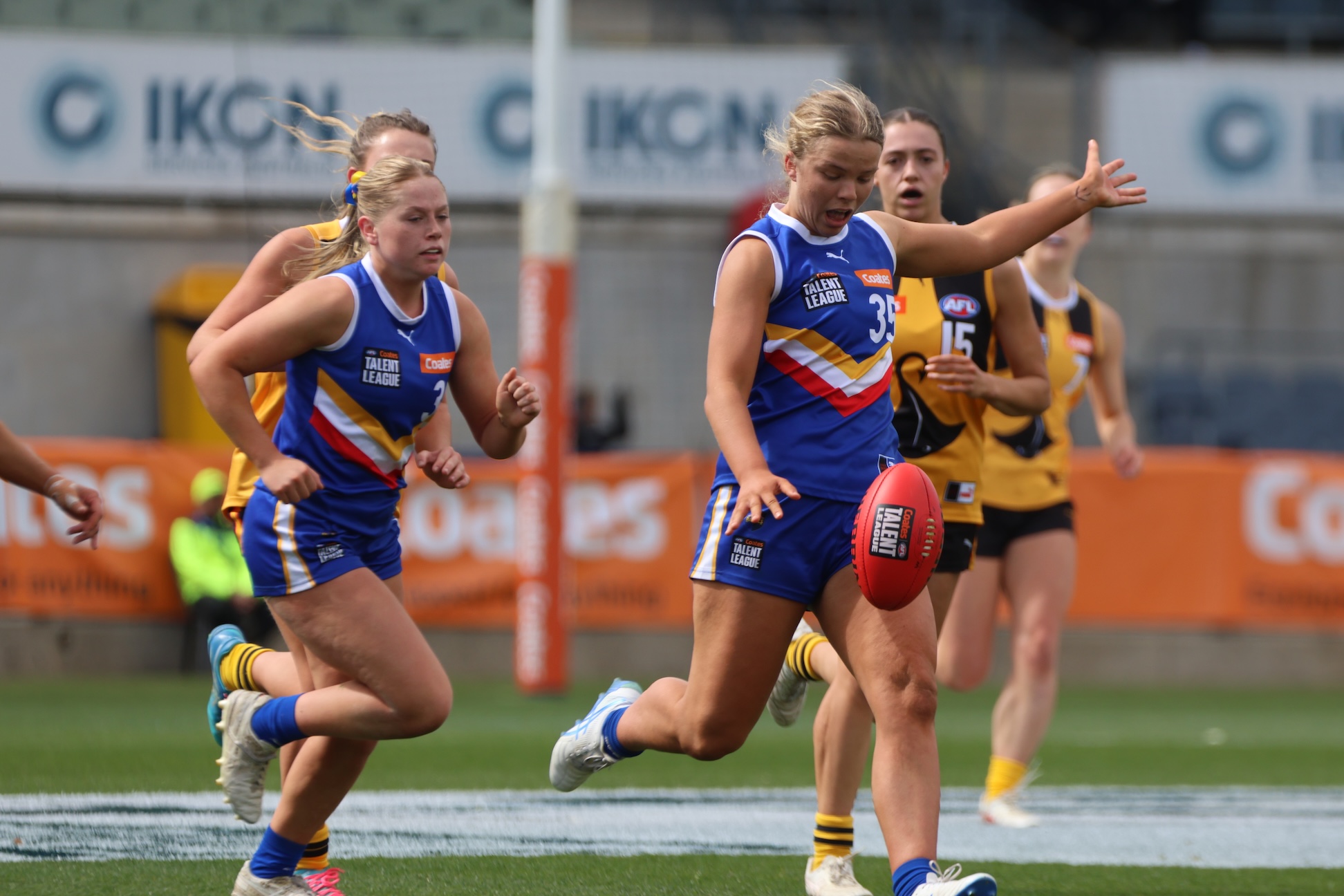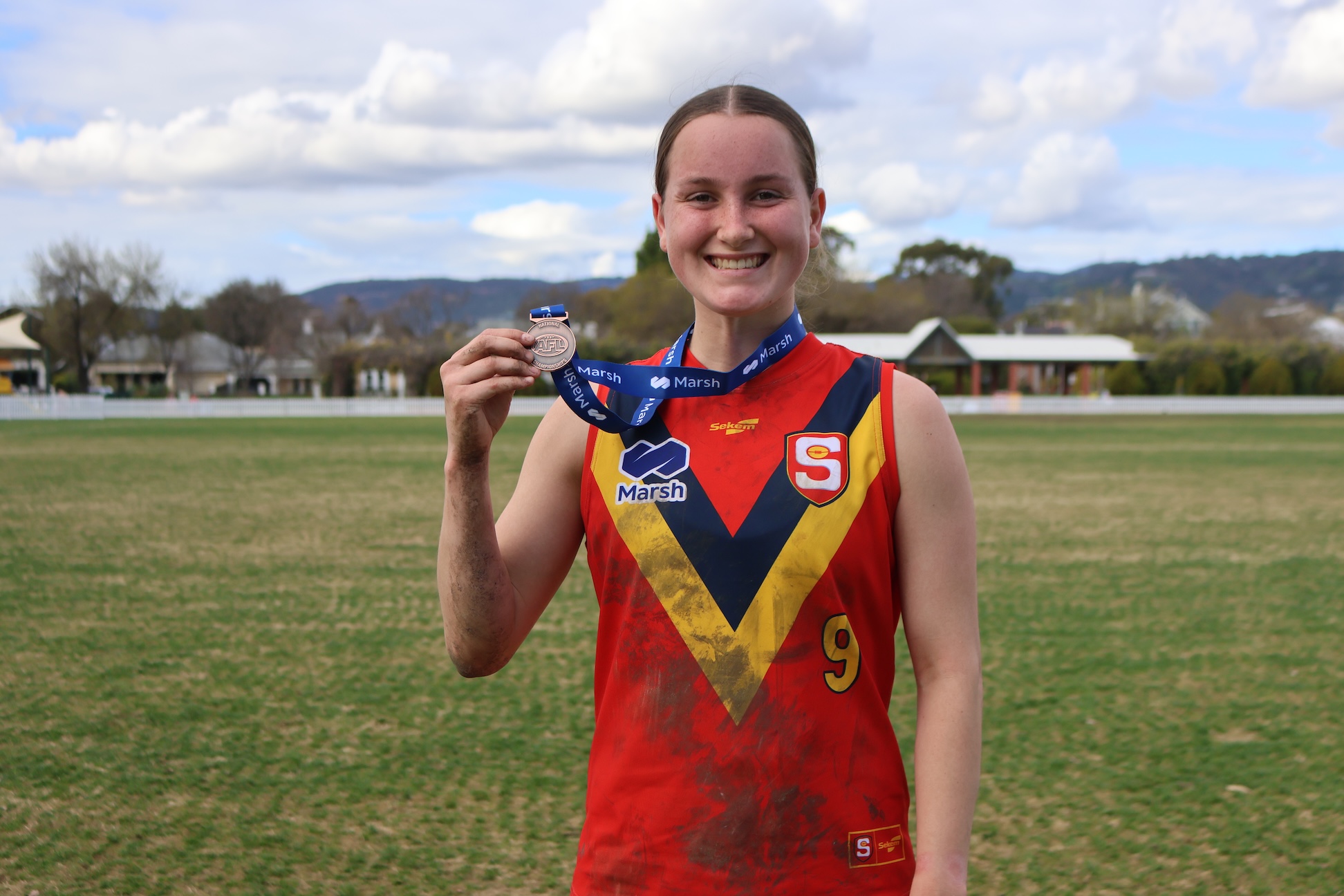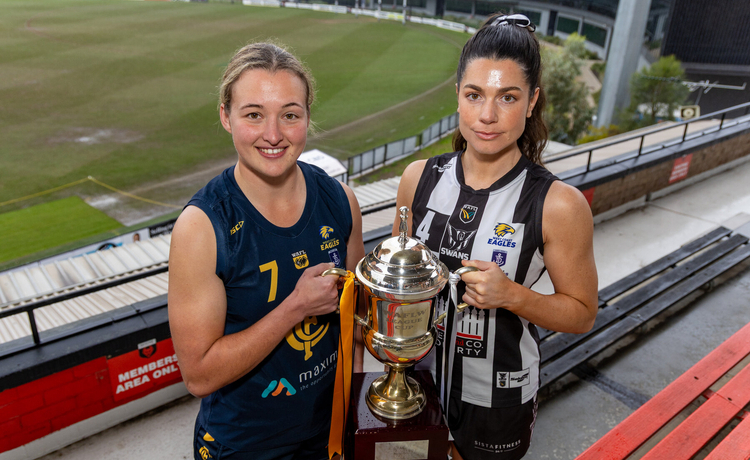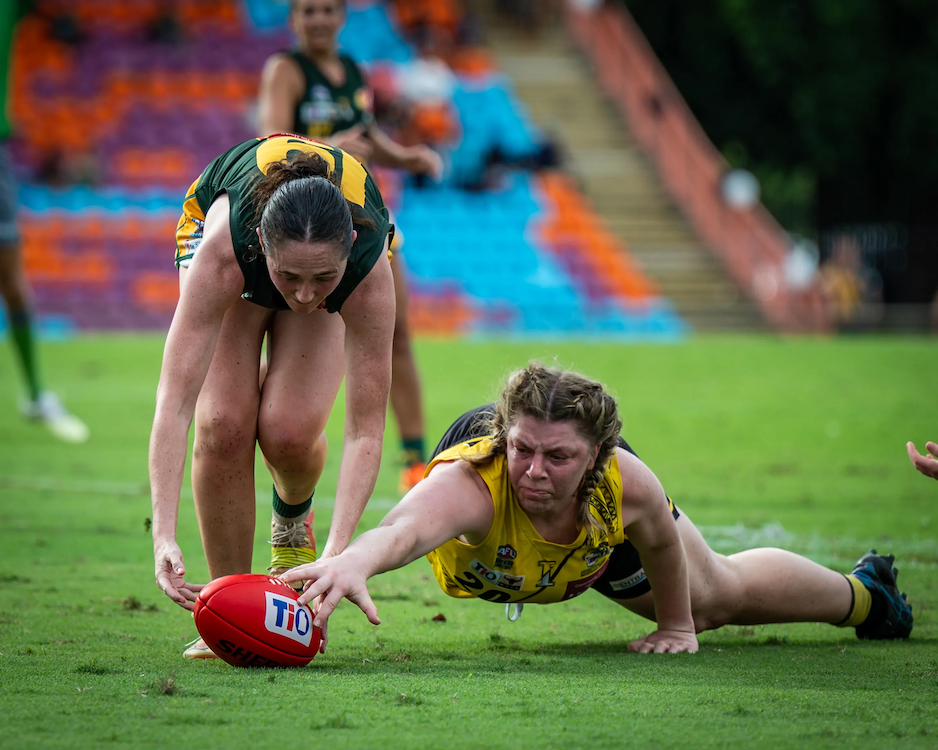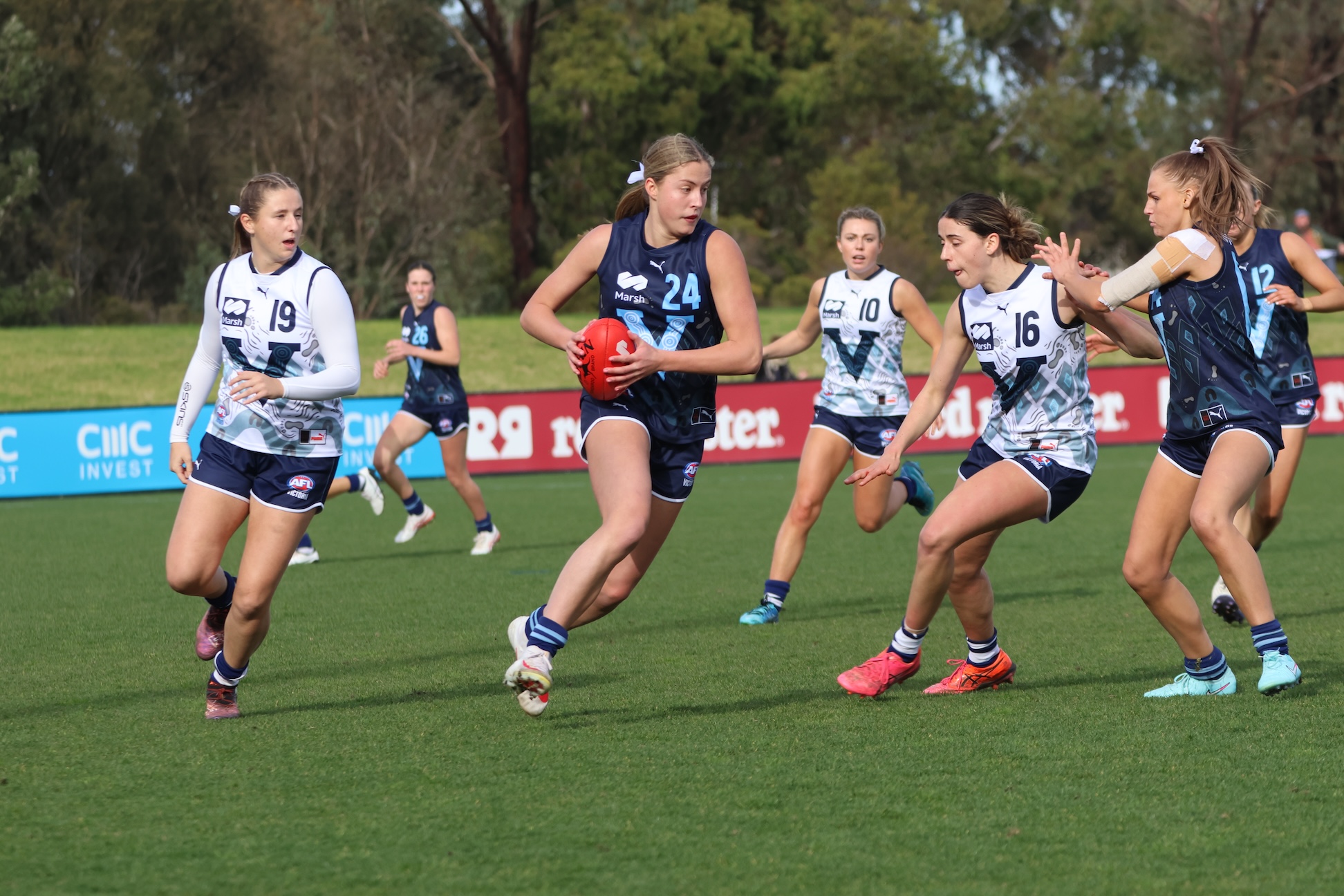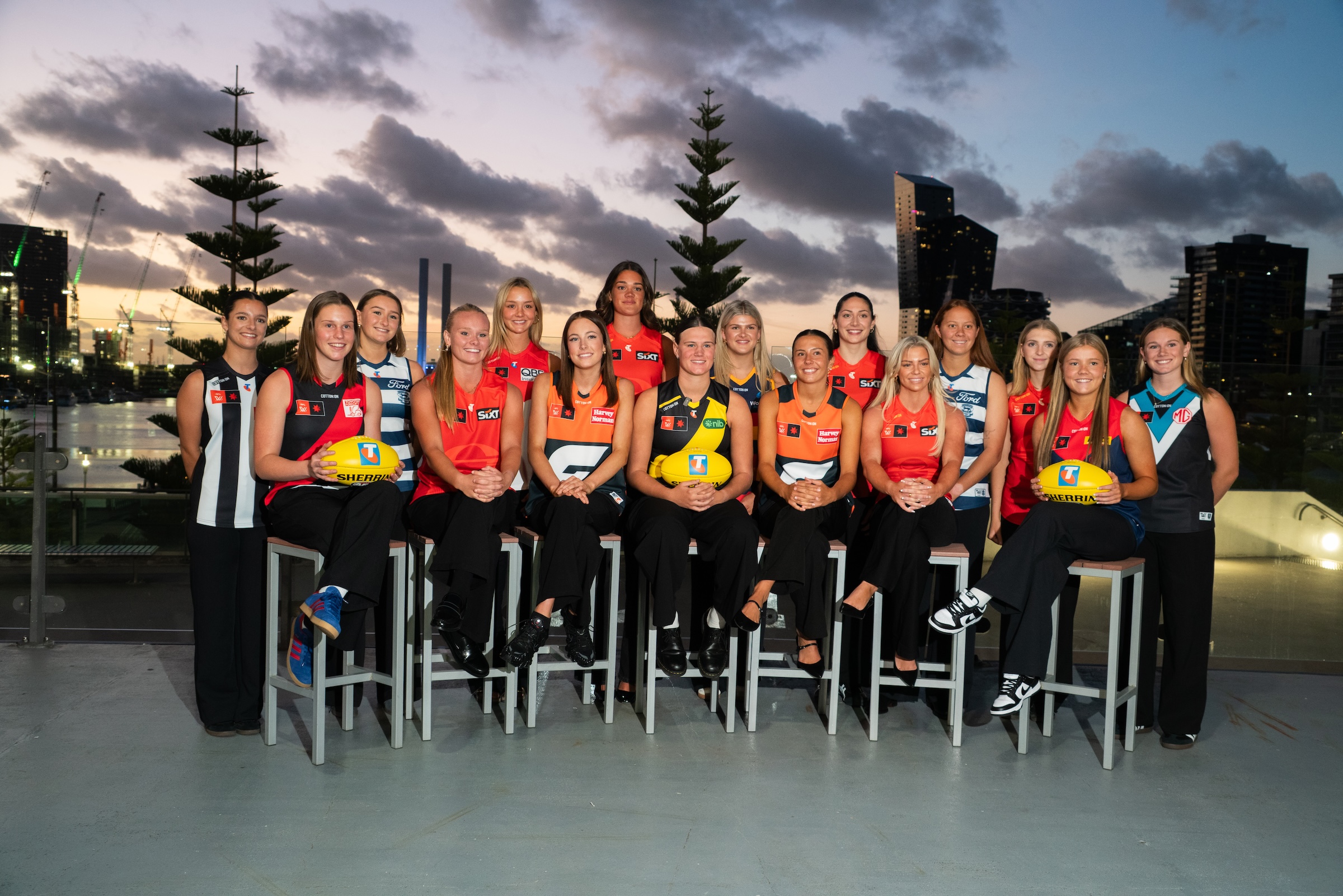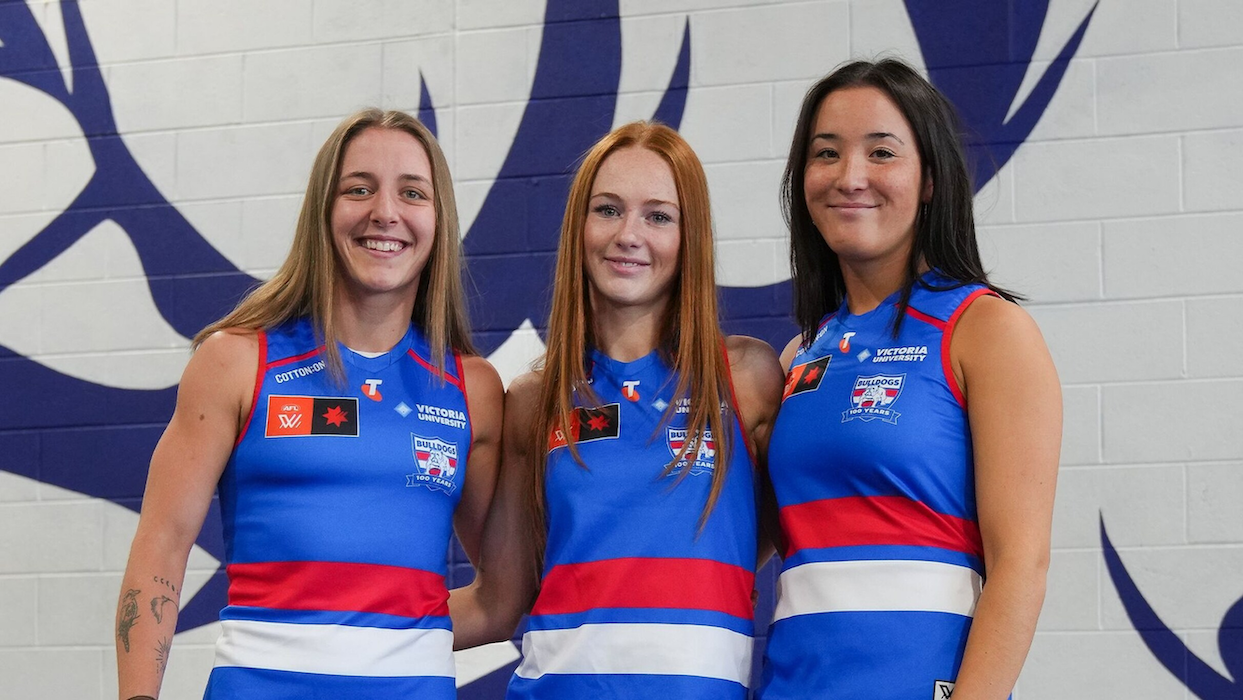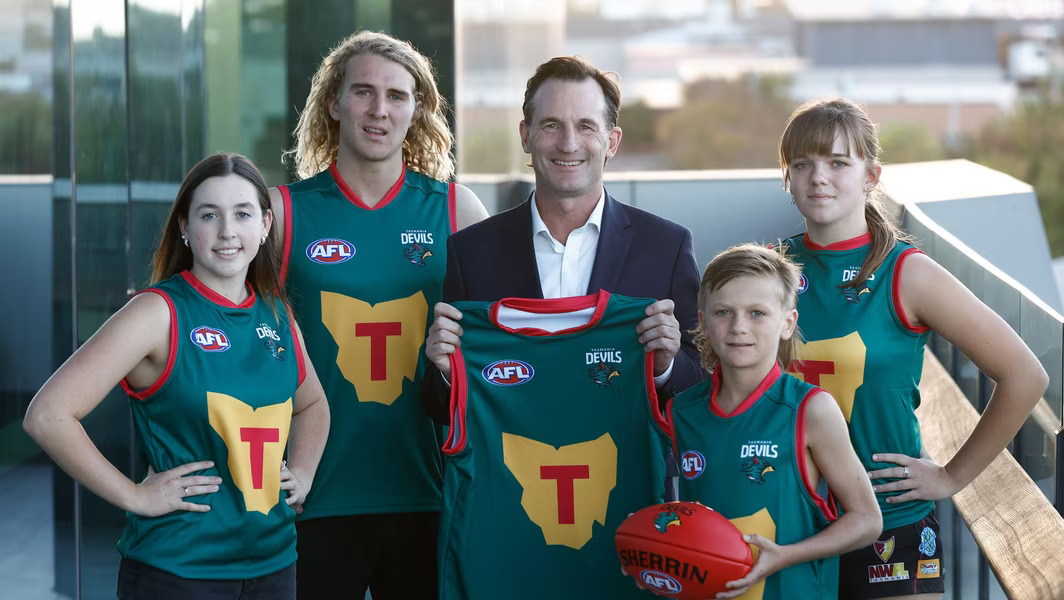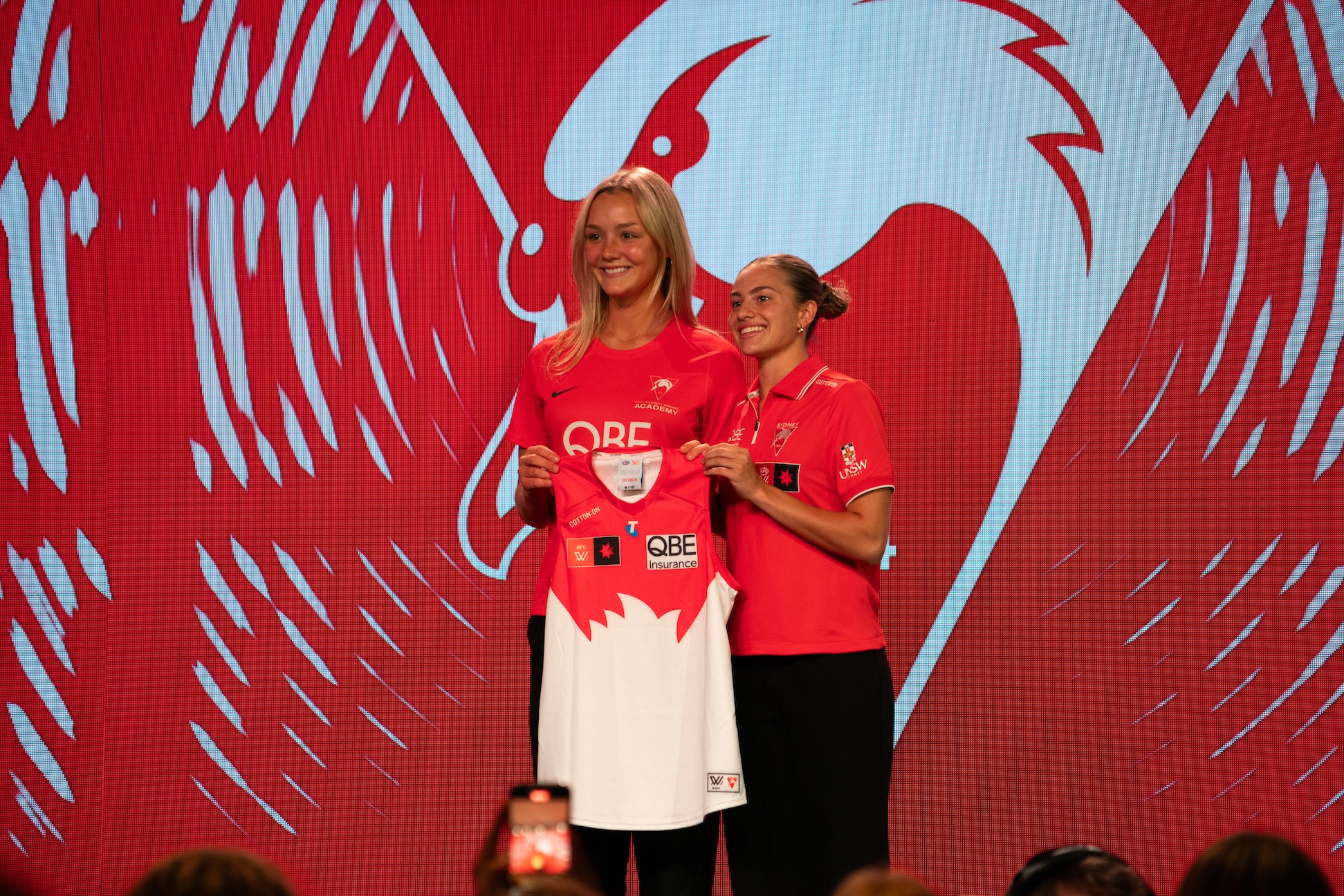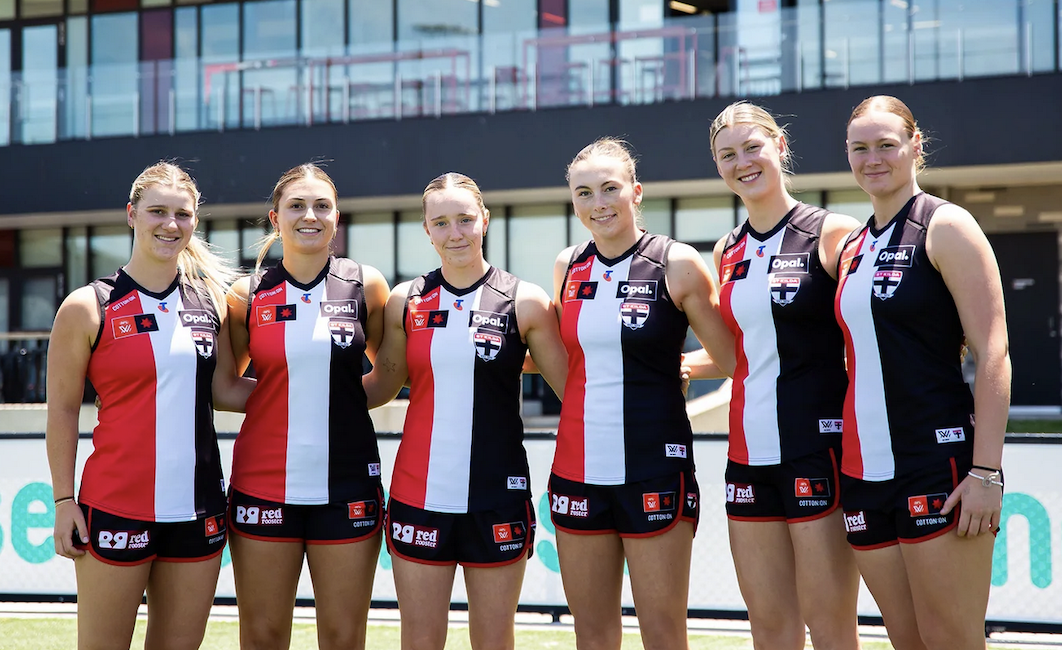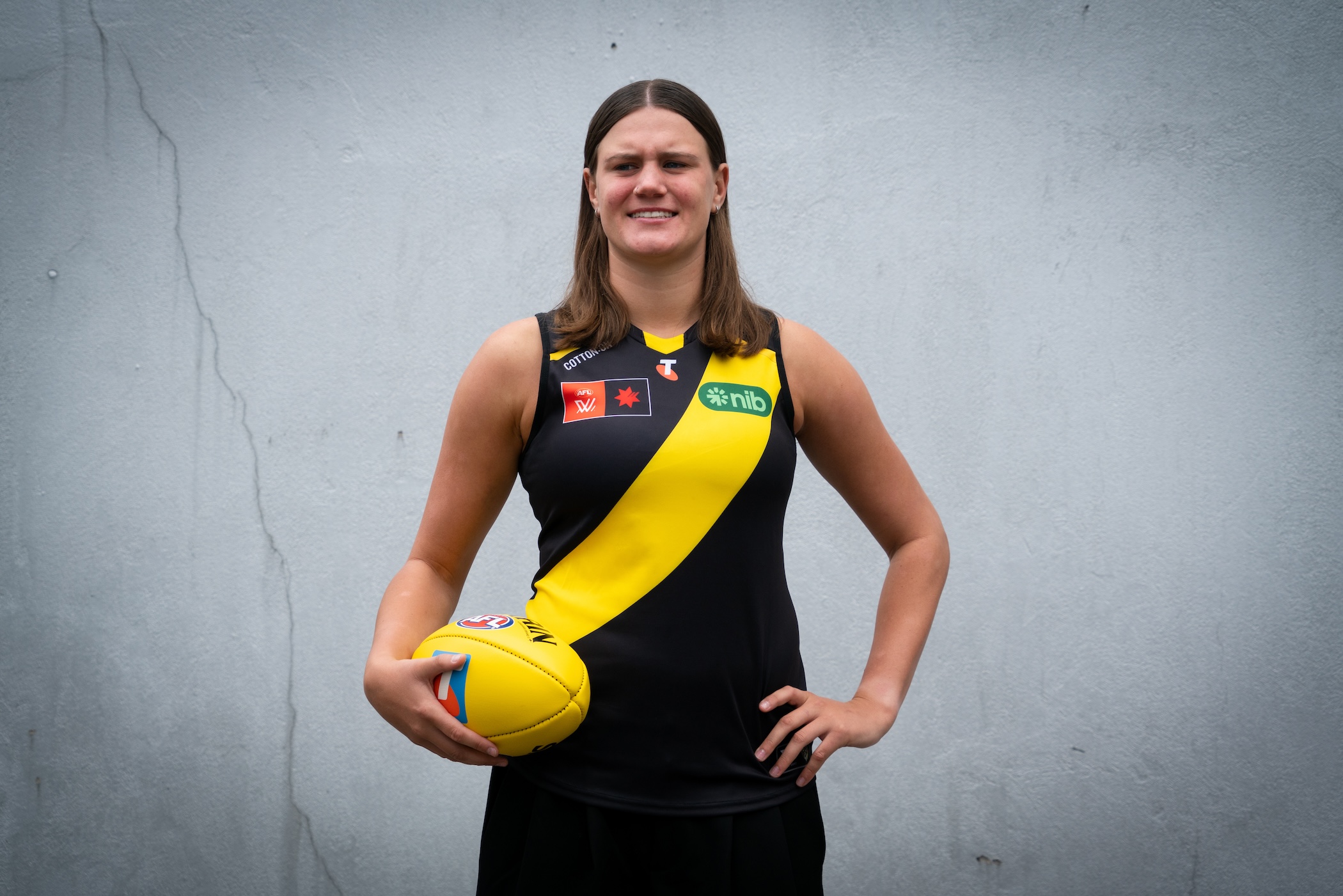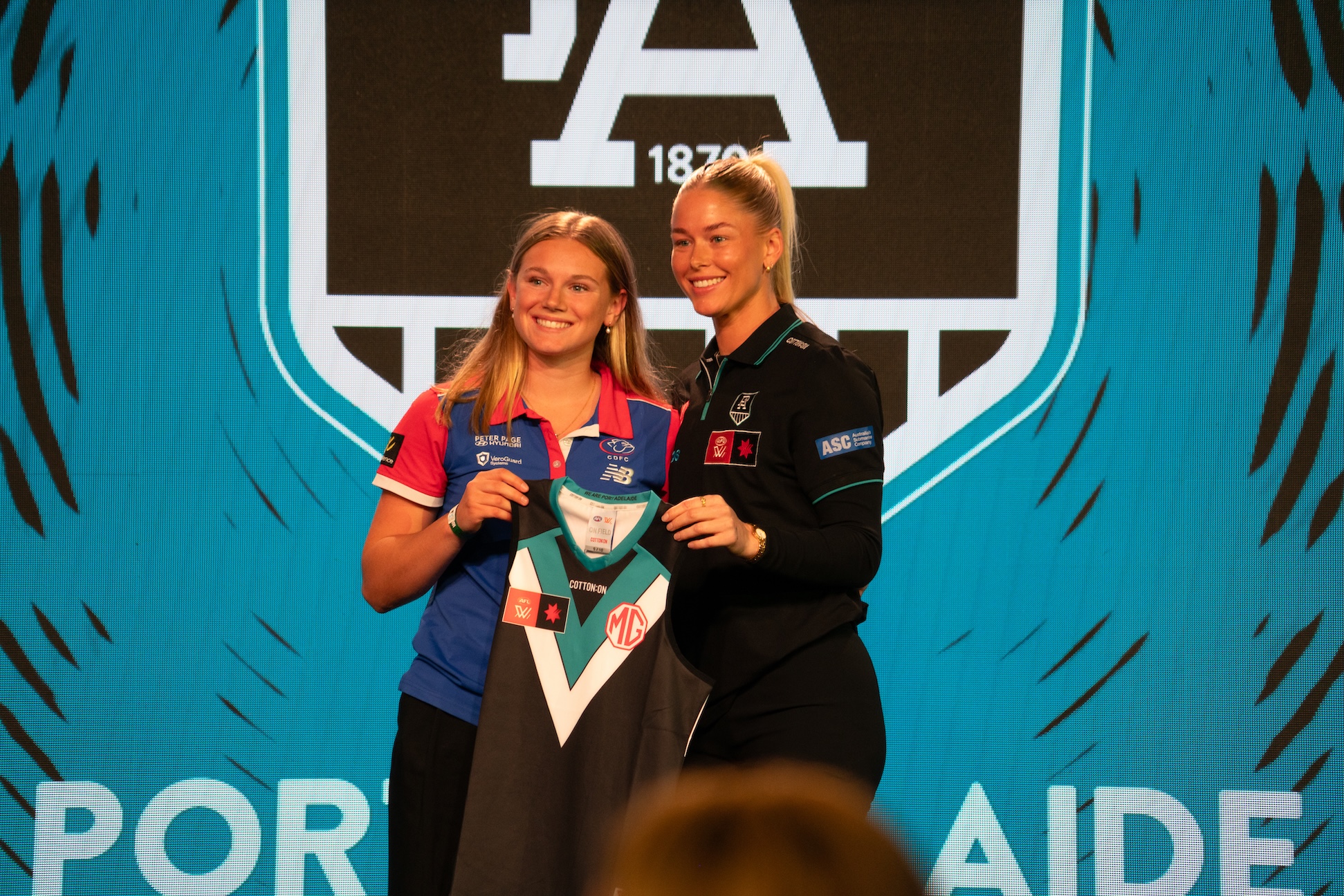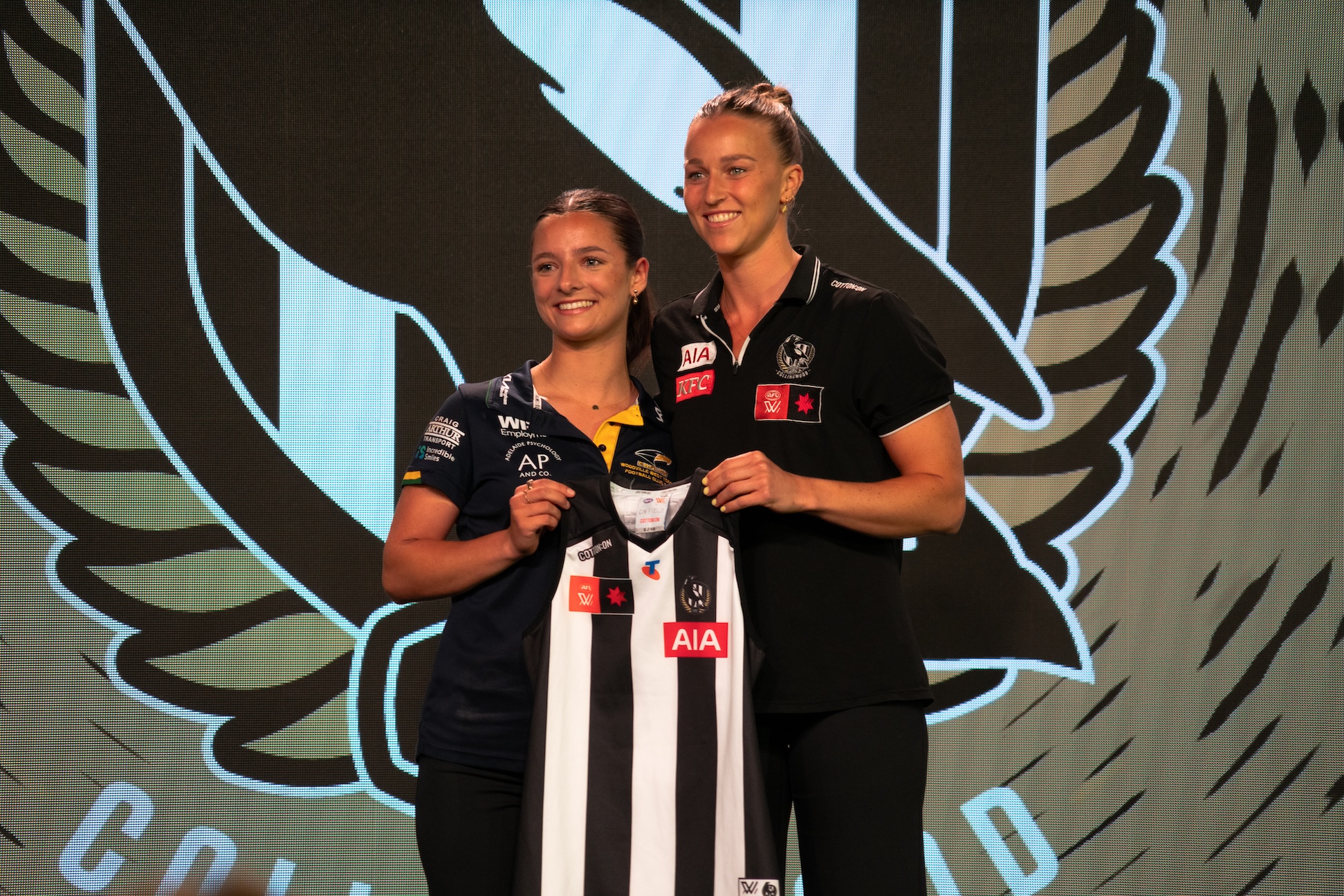Prevalence of ACL injuries in the AFLW

ALTHOUGH Round 1 of the 2022 AFLW season brought many highlights, it also brought a lot of injuries to star players, particularly anterior cruciate ligament (ACL) injuries.
Collingwood’s Brianna Davey, Brisbane’s Kate Lutkins and the Bulldogs’ Isabel Huntington all went down with season ending ACL injuries, and will be big losses to their respective sides.
There is a lot of talk that there are more ACL injuries in the AFLW as compared to the AFLM competition, but what do the stats say?
In order to fairly compare the two leagues due to the vast difference in season length, there needs to be a comparison of the rate of ACL injuries per 1000 player hours. Player hours refers to the number of hours players are able to spend training, preparing for games and actually playing the games.
With all this in mind, the question then becomes why is this the case and how can it be fixed?
Well, there are a lot of factors that come into the conversation.
One of course is the way women’s bodies are built, which is a commonly talked about reason behind the high rate of injuries.
Women’s bodies are built very differently to men’s, and these differences make women more susceptible to having an ACL injury. While it is impossible to change genetics, there are organisations developing programs to help alleviate the risks that these differences create.
Another potential cause that is less talked about is the time of year in which these players are playing. Playing football in summer is much different compared to playing the sport in its usual winter timeslot. The increased toughness of the playing surface can exacerbate the already present risk of an ACL injury.
Research has shown that there are trends at the elite level towards an increased risk of ACL injury with harder ground surfaces. The hypothesis surrounding this is that it due to higher traction forces when playing on warm season grasses.
The simple solution to this would be to put the AFLW season back in a traditional winter timeslot, but with the AFL’s priority of media coverage and insistence on giving the league clear air time, a change like that certainly does not look likely.
With research stating that the vast majority of ACL injuries (80 per cent) in the AFLW have occurred during preseason training or in the first half of the season, there has got to be something to be learnt from that. Since most female players haven’t been playing anywhere near as long as their male counterparts, perhaps a suggestion should be made to increase the length of the preseason. As the above research found, this is because women have had “less time to adapt to the biomechanical and neuromuscular requirements of the sport.”
